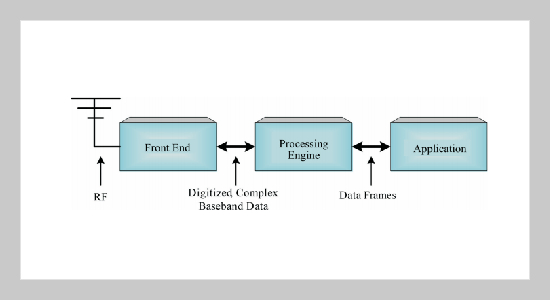Chi-Yuan Chen1 , Fan-Hsun Tseng2 , Kai-Di Chang3 , Han-Chieh Chao This email address is being protected from spambots. You need JavaScript enabled to view it.1,2 and Jiann-Liang Chen3 1Department of Electrical Engineering, National Dong Hwa University, Hualien, Taiwan 974, R.O.C.
2Institute of Computer Science & Information Engineering and Department of Electronic Engineering, National I-Lan University, I-Lan, Taiwan 260, R.O.C.
3Department of Electrical Engineering, National Taiwan University of Science and Technology, Taipei, Taiwan 106, R.O.C.
Received:
January 8, 2010
Accepted:
February 22, 2010
Publication Date:
March 1, 2010
Download Citation:
||https://doi.org/10.6180/jase.2010.13.1.04
Currently, most Software Defined Radio (SDR) related products and researches focus on analog communication and voice transmission. In this paper, we propose a SDR platform with digital data communication capability. This platform consists of Field Programmable Gate Array (FPGA) based radio hardware and open source SDR software modules. The main features include: 1) Radio Spectrum Sensing; 2) Reconfigurable Radio Modules; 3) Link for Digital Data Communication. Based on the proposed SDR platform, we could easily reconfigure its radio modules and discover the spectrum hole to achieve better communication quality. These features are important basis to accomplish Cognitive Radio (CR) technologiesABSTRACT
Keywords:
Digital Data Communication, Spectrum Sensing, Software Defined Radio, Cognitive Radio
REFERENCES
















